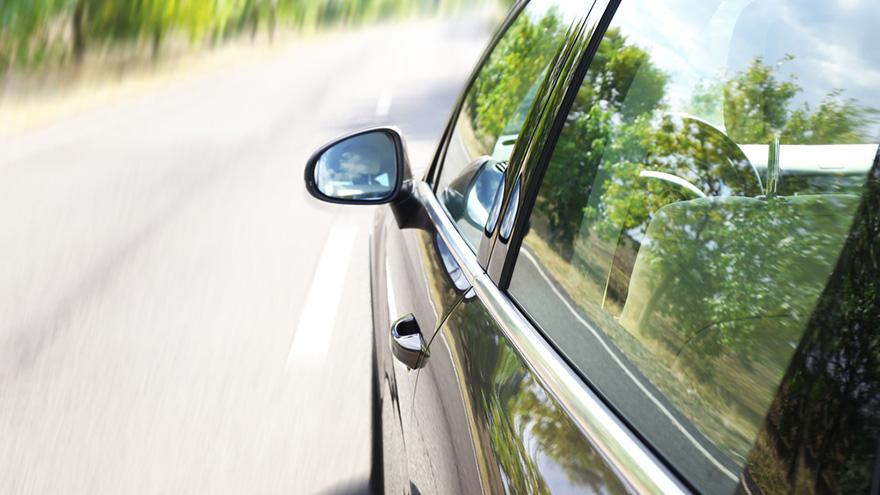COMMENTARY: How dealerships experience disruption

By subscribing, you agree to receive communications from Auto Remarketing and our partners in accordance with our Privacy Policy. We may share your information with select partners and sponsors who may contact you about their products and services. You may unsubscribe at any time.
ATLANTA –
Dealerships are currently experiencing a major shift when it comes to the use of technology within their business.
From digital retailing to vehicle subscriptions to electrification, dealers are seeing a massive evolution in what their customers are looking for from them. COVID-19 has accelerated this change, giving consumers a taste of what it is like to have the world at their fingertips.
According to recent Cox Automotive data, 56% of franchise dealers plan to put a greater emphasis on technological skillsets when hiring in the future. This stat shows how much stock dealerships are putting into digital retailing when looking at their businesses' future.
Just like in every other industry, digital disruption will separate the innovators from the laggards. Opportunistic dealers will thrive by digitizing processes and innovating on top with what customers prefer: convenience and transparency.
Those that are slow to adopt new technology might be able to hang on for a while, but this new consumer behavior is not going anywhere — they will eventually have to adapt or move on. For those that do not want to be left behind, there are a few different niches to pay attention to as we move into a progressed auto industry.
One of the new offerings that we saw dealerships make in response to COVID-19 and a new emphasis on technology is home delivery.
Subscribe to Auto Remarketing to stay informed and stay ahead.
By subscribing, you agree to receive communications from Auto Remarketing and our partners in accordance with our Privacy Policy. We may share your information with select partners and sponsors who may contact you about their products and services. You may unsubscribe at any time.
These services are not just popular in the auto industry — we have seen this same trend in alcohol, food, and even household goods. Dealers looking to connect with customers more effectively should look into offering home delivery of new vehicles and service pick-up and delivery. According to Cox Automotive data, only 59% of franchise dealers provide this through their service department.
However, it has proven to be an effective revenue stream, with 47% of vehicle owners likely to pay $20 for service pick-up and delivery. Not only would this increase revenue for a dealership, but it also seems to be where customers are headed anyway, so implementing these services now will create fewer headaches later on down the line.
Some of the more nuanced discussions around technology within dealerships have centered around vehicle subscriptions, which is another trend we have seen majorly play out in other industries. While enjoyed by some, the car-buying process is mainly frustrating to consumers, as is the service and maintenance aspect of owning a vehicle.
Vehicle subscriptions seem like an integrative way to transition while addressing these customer concerns, given the fact that many already have a payment on their car. To scale this idea, dealerships are beginning to build subscription and flexible lease offerings that will help subscribers keep the same vehicle for an extended period.
Additionally, new types of subscriptions that do not involve vehicles are being tested, like service models tailored to the consumer’s needs. Both aim to eliminate friction and hassle for the consumer, creating a better experience for them overall.
Electrification is one of the most complex changes we are beginning to see in the automotive industry. Dealerships are split on this one, with many concerned about a loss of service and maintenance revenue. According to the Cox Automotive Evolution of Mobility Study: The Path to Electric Vehicle Adoption, consumers also share concerns with costs, battery life, and charging infrastructure. However, electric vehicles are decidedly part of the future of car-owning, especially with environmentalism growing as a concern overall.
Dealerships looking to adapt for the future of the auto industry should begin seeking education on EVs, learning how to sell them effectively and ensuring that they have the most up-to-date information on batteries, cost breakdowns, and the future of the technology.
Overall, you can see that dealerships are experiencing significant technological disruption that will definitively change the way dealers interact with and serve customers. While this evolution may be gradual, dealerships looking to come out ahead of the curve can begin preparing now to ensure that they are meeting customers where they are in the future.
With revolutionary changes happening to the automotive distribution model impacting dealership space, dealers need to focus on their strengths and work with their OEM partners to define their role in the value chain and capture the next big audience.
Greta Crowley is vice president of marketing for Autotrader and Kelley Blue Book at Cox Automotive.


